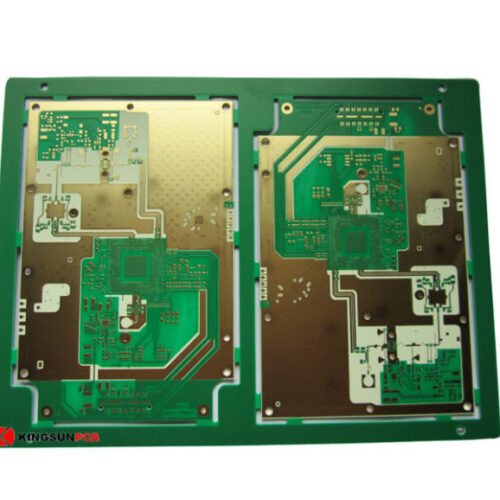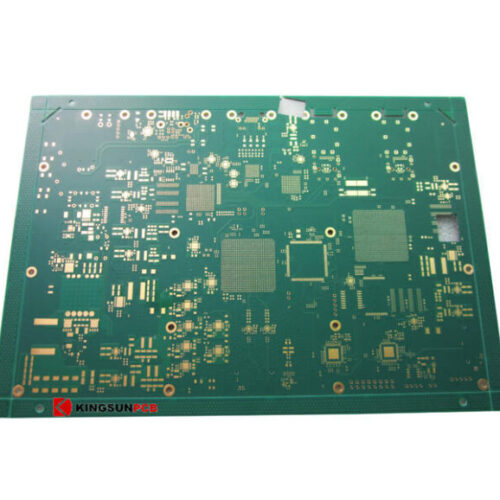Material Cutting/Shearing
The flexible printed circuit board material is generally a roll of 250mm wide, 50M, or 100M long PI base material covered with a certain thickness of copper on one or both sides of the copper foil. Therefore, we need to cut the large roll into a workboard according to the size of the manufacturer's instructions.
CNC Drilling of Flexible PCB
Drilling is the second stop in the Flexible printed circuit board manufacturing process, and the quality of drilling is directly related to the function and accuracy of the product.
Along with the continuous development of high-density flexible PCB, Traditional mechanical drilling technology can no longer meet the market demand for small hole diameter, high precision, and high efficiency. Laser drilling has become the mainstream processing technology for flexible PCB microvias.
Plating Through Hole
VCP electroplating line using Faraday's theorem (the thickness of the coating is proportional to the current density and plating time) to plat the hole wall of the flexible printed circuit board to copper thickness following IPC standard or required by the customer.
Dry Film Lamination
Composed of PE, photoresist and PET, paste dry film on the flexible printed circuit board, to achieve the function of image transfer, and protect the circuit during the etching process.
Exposure
According to the film exposure corresponding to the work job, the image of the flexible printed circuit graphic film is transferred to the dry film (completed in the 10,000-level dust-free workshop), and the main equipment is an automatic exposure machine.
Develop Image
NaCO3 will wash off the part of the dry film not exposed to light, and the dry film on the trace and copper will not be washed off. Useful wiring and copper of flexible printed circuit board are preserved
Pattern Etching
Flexible printed circuit board etching is the process of removing unwanted copper from a circuit board.
Etching has acid etching processes (ferric chloride and copper chloride) and alkaline etching processes (ammonia). The acid method is used to etch the inner layers of the flexible printed circuit board; it is accurate and cheap but time-consuming. The alkaline method, which is fast and expensive, is used to etch the outer layer of the flexible PCB.
Dry Film Stripping
The flexible printed circuit board and dry film stripping remove the protective dry film layer on the FPC circuit board through a chemical reaction. This process is usually done using chemical solutions, which can decompose the chemical substances in the film layer and expose the flex-printed circuit board.
The development and etching film removal equipment is a horizontal DES line.
Stack up Flex PCB Coverlay
Flexible printed circuit board coverlay film, also called protective film, protects the circuit from oxidation and covers it for subsequent surface treatment if the area that does not need gold plating is covered with coverlay. In the subsequent SMT soldering, the role of prevent welding.
Hot Press Lamination
Through high temperature and high pressure pressing, followed by high heat baking, the thermosetting glue between the cover film and the board is cured to achieve the purpose of the two tightly combined. The curing working parameters are temperature 150 ° C, 1H. The main equipment is Fast presses and ovens;
Flexible Printed Circuit Board Surface Finish
Flexible printed circuit board surface treatment is mainly done by immersion gold or ENEPIG. According to customer requirements, metals such as nickel and gold are deposited on the exposed pads of Flexible PCB by using chemical or electroplating principles to protect the pads and maintain their solderability. The main equipment is gold-plated line and gold-plated line.
Flexible Circuit Open/Short Test
Check whether there are open and short circuits between different flexible printed circuit board networks, four-wire failure, etc., through test fixtures or equipment. The main equipment is an electric test machine and a flying probe test machine;
Flexible PCB Stiffener Assembly
The purpose of bonding Flex PCB stiffener is to strengthen the mechanical strength of the flexible printed circuit board and facilitate the mounting of parts on the surface of the PCB.
FPC stiffener materials are common polyimide stiffener, FR4 stiffener and steel stiffener.
FR4 stiffener's main components are glass fiber cloth and epoxy resin glue, which is the same as the FR4 material used in PCB.
Steel stiffeners are made of steel, which has strong hardness and support strength. Manual assembly is required, the process is more complicated, and the cost will be higher.
The PI stiffener is as same as the coverlay film, consisting of PI and adhesive release paper. Still, the PI layer is thicker, can be processed and produced from 0.05mm to 0.25mm, and the tolerance can be controlled at +/- 0.03mm, and the precision is high, high-temperature resistance (100°C-280°C).
Silkscreen Printing
Print the text ink on the flexible printed circuit board through screen printing, mainly printing the product model, production date code, various component identifications required by customers, etc. The main equipment includes screen printing machines, ovens, text inkjet printers, etc.;
Flexible PCB Punching
Flexible printed circuit board punching is a link in the FPC process, equivalent to a cutting workstation. At present, the main equipment used in this workstation on the market is a flex circuit punching machine and an FPC UV laser cutting machine.
The flexible PCB punching machine principle is to apply pressure through the cylinder to push the knife mold in the carrier and realize the flex circuit cutting at one time.
The principle of the flexible printed circuit board laser cutting machine is to irradiate the surface of the FPC with a high-energy and high-density laser beam and scan it back and forth through the vibrating mirror to form a cutting layer of glass material.
Inspection&Packing
Through manual visual inspection, CCD, equipment to fully inspect the appearance and surface condition of the flexible printed circuit board, separate good products from defective products, and conduct reliability testing on the product to confirm whether it meets customer requirements.
Packaging and shipping flex circuits are carried out according to customer requirements. The main packaging methods include vacuum, micro-membrane, tray, etc.
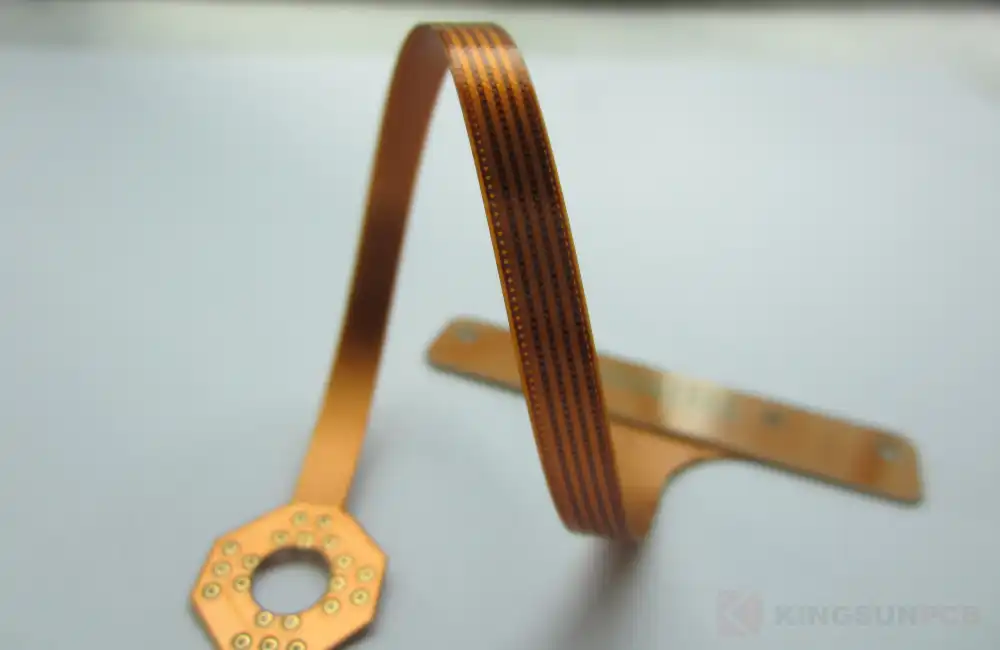

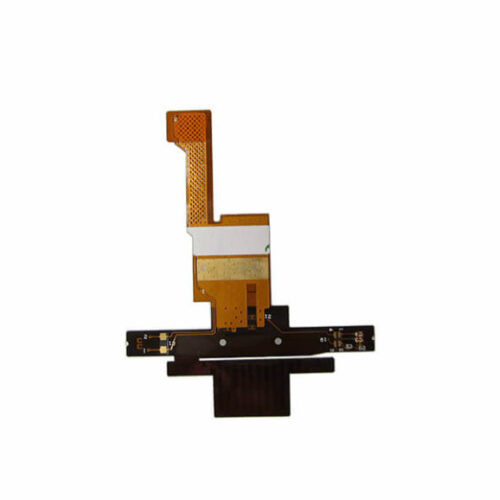
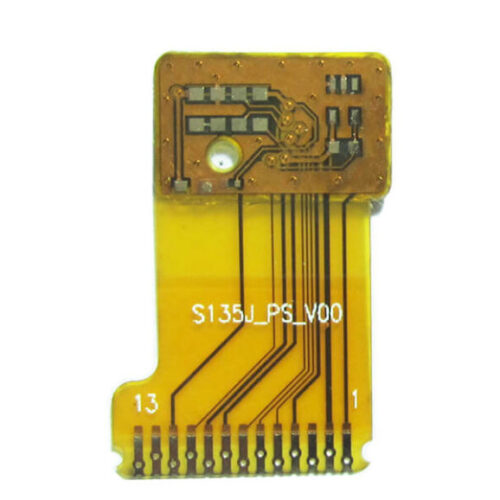
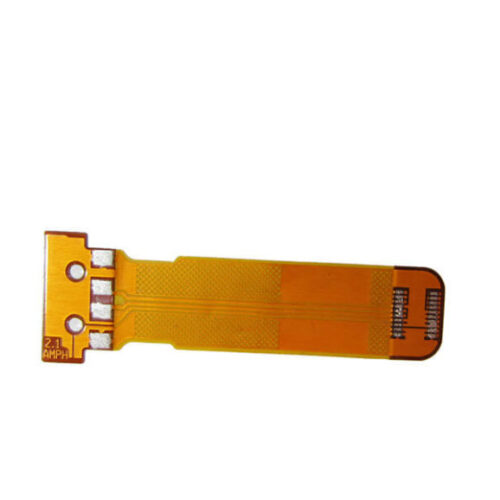
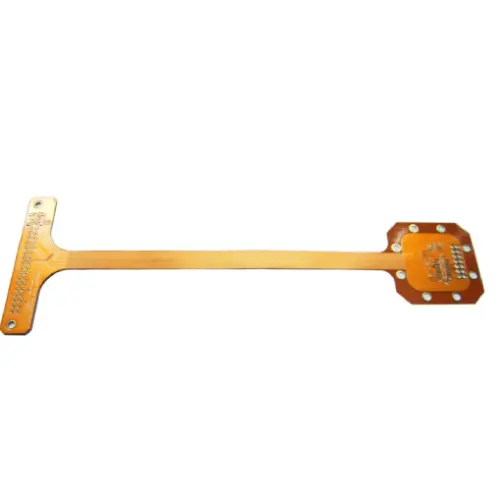
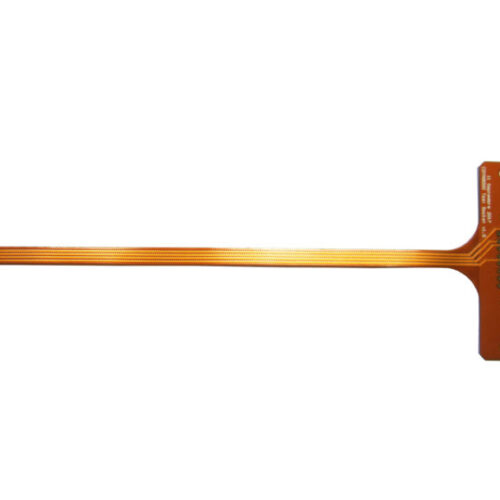
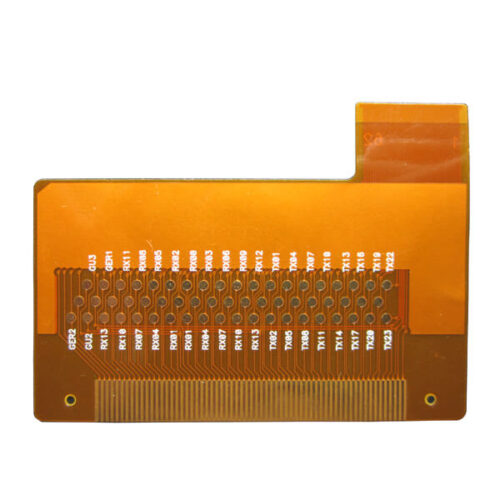
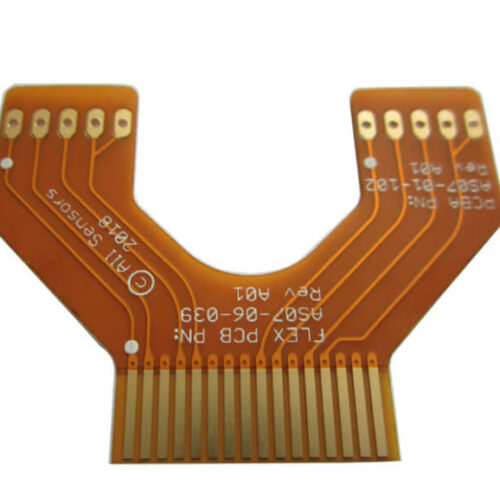



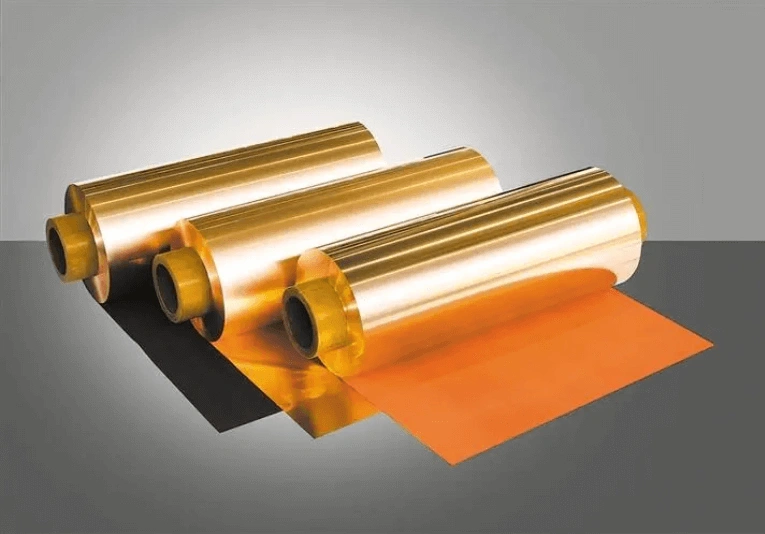


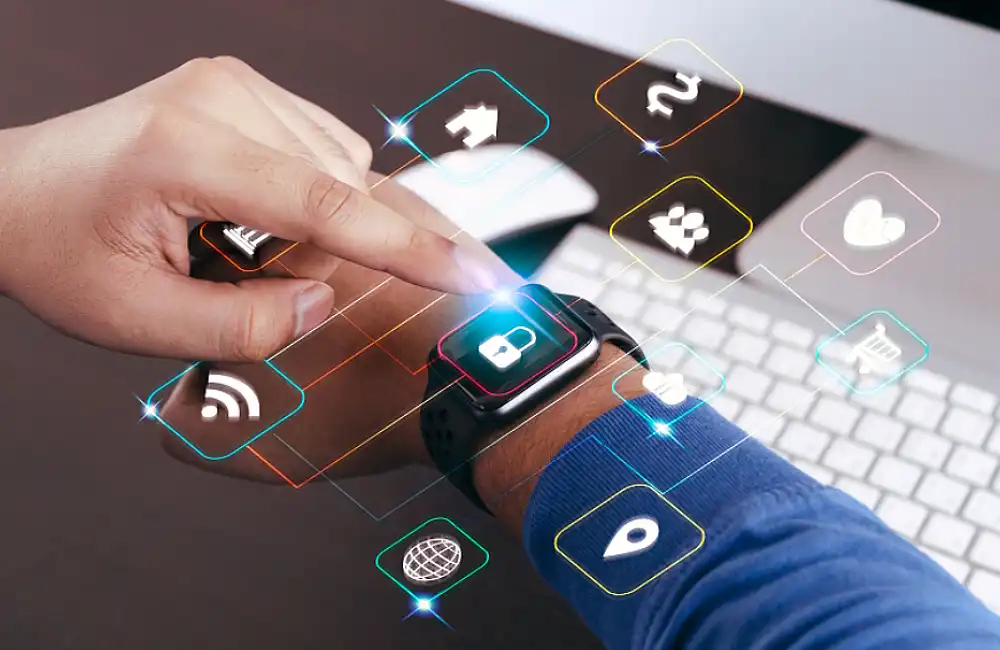
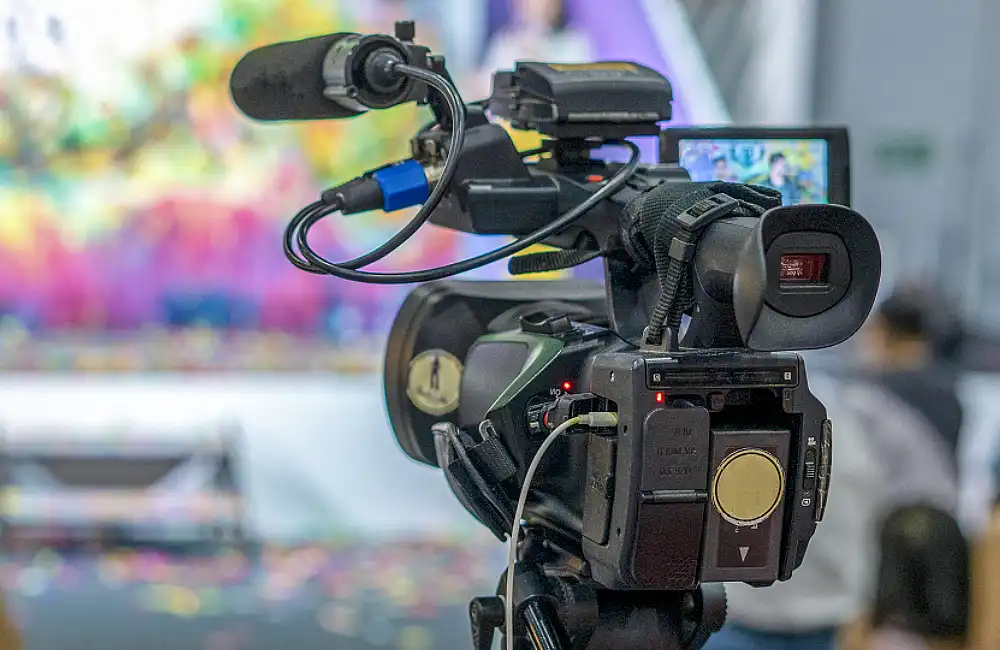
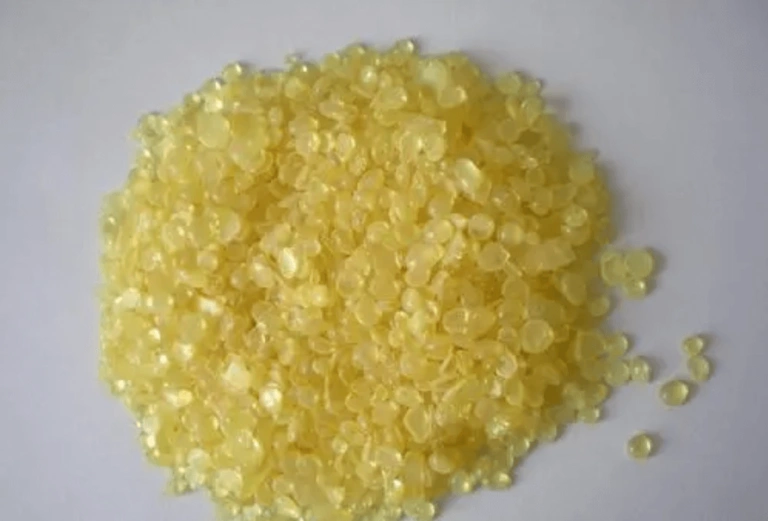
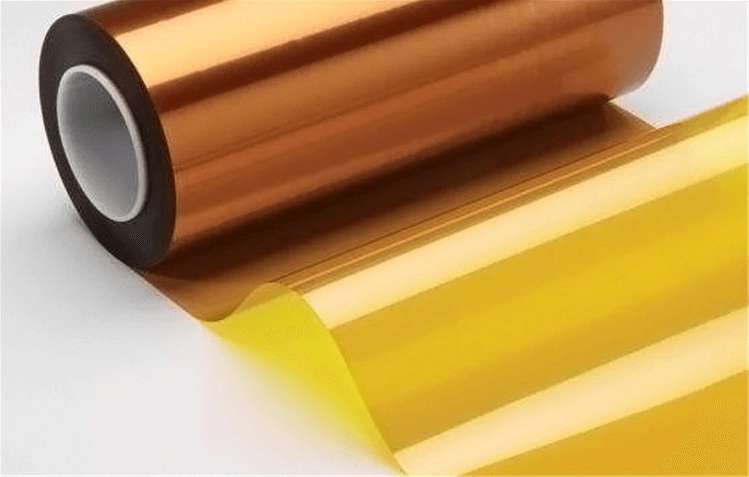
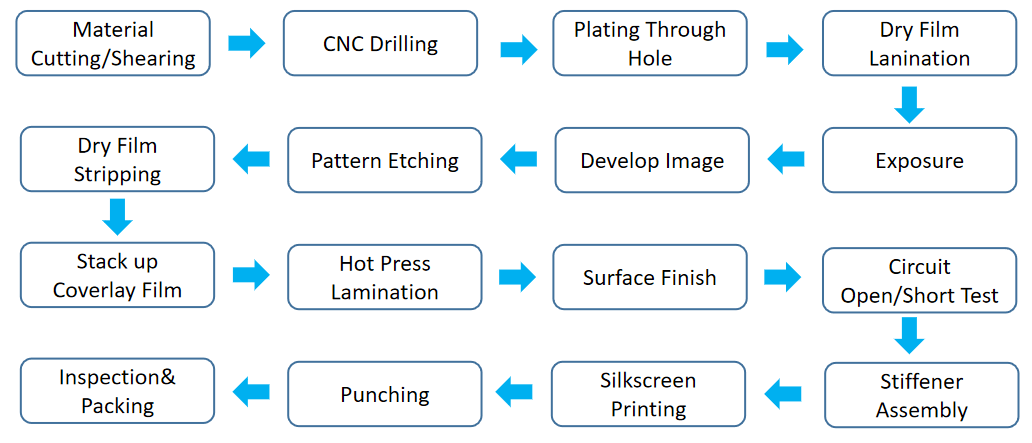
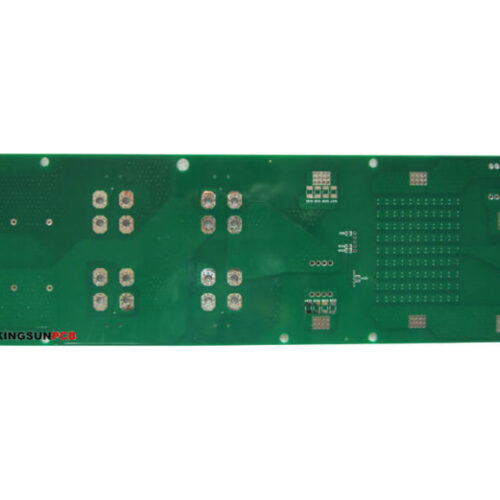
-gallery-770x578-1-500x500.jpg)
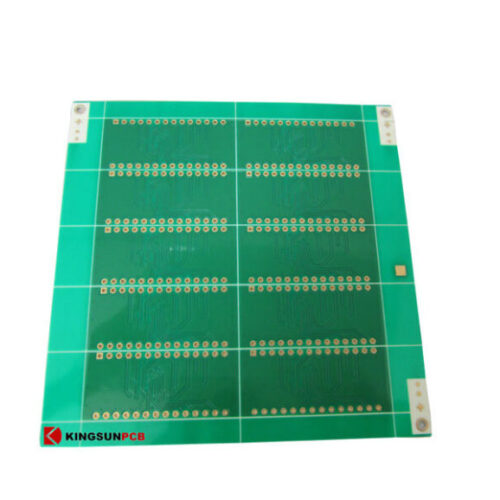
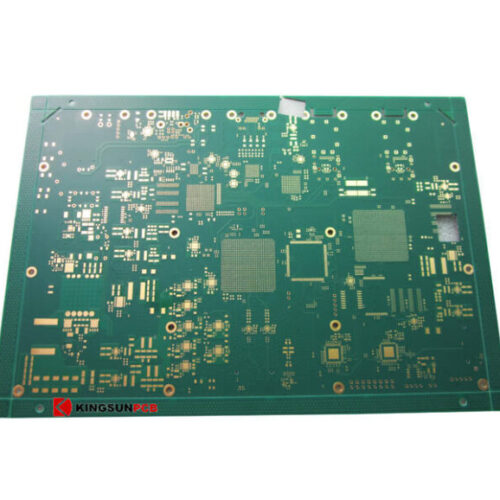
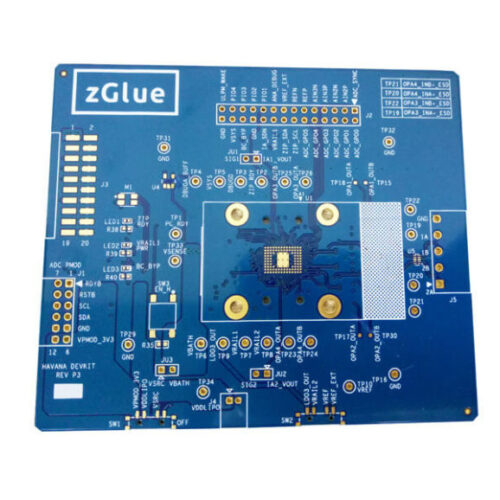
-gallery-770x578-1-500x500.jpg)
